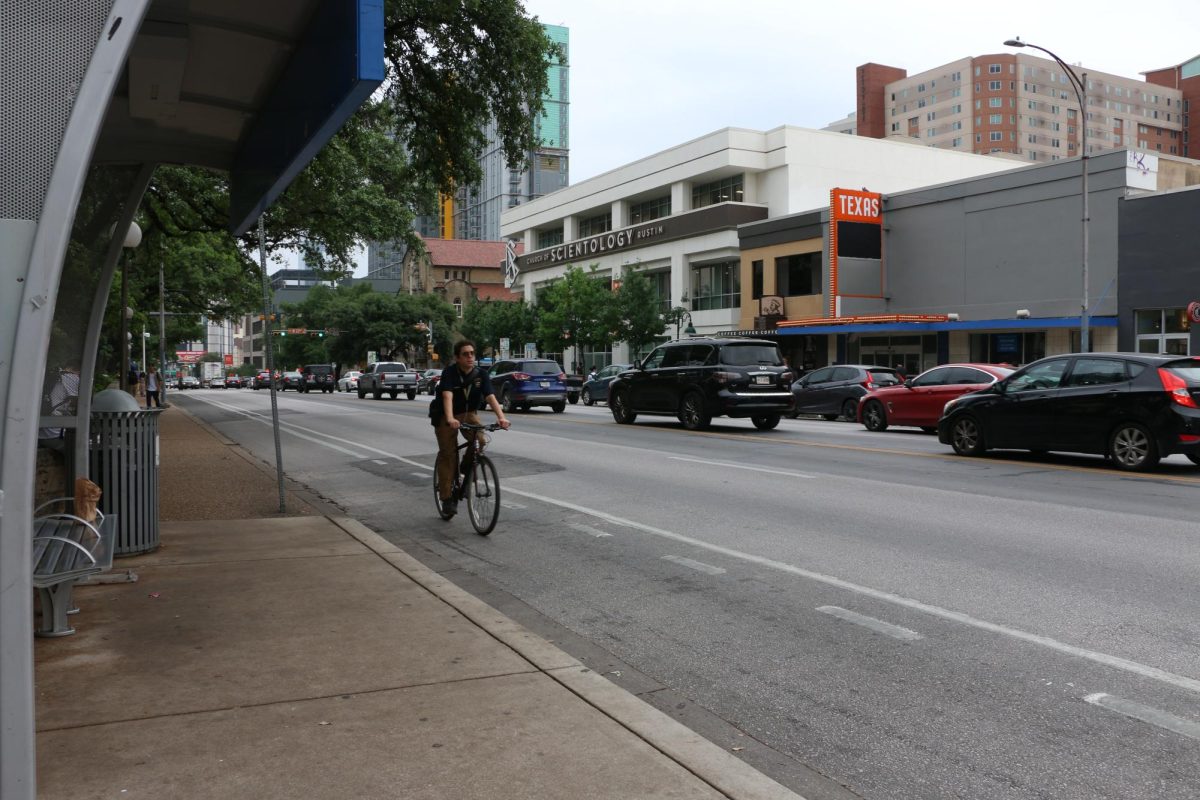Project Connect has preliminary plans to establish its first installments in two Austin areas — East Riverside and Highland — and program officials heard public opinion Tuesday night for the proposed initial locations for the project.
Project Connect is a program that would involve a regional rail connecting areas north of Austin, such as Georgetown and Hutto, to Austin and cities south of Austin, such as San Antonio.
The first phase of the program, which the public input session addressed, is deciding which part of Austin it will serve first, and the second phase is deciding which type of transit — such as urban rail, bus rapid transit or regional and commuter rail — will be in the area, said Cheyenne Krause, City of Austin spokeswoman. Krause said by November 2014 the program hopes to identify which type of rapid transportation will be used at the start of the program, what the routes will be and to have a bond measure on the ballot for the public to vote on.
Julie Montgomery, executive board member of Austinites for Urban Rail Action and senior program coordinator for the LBJ School of Public Affairs, said the subcorridor selected will affect which part of the University the transit route runs through.
“If we have a more eastern collection of subcorridors, like if we do go from East Riverside up to Highland, there’s a good likelihood that we’ll go up San Jacinto,” Montgomery said. “Alternatively, some folks want to see it go up to the Lamar subcorridor and have it pass by campus along Guadalupe where there’s already very heavy bus ridership and close to the extremely dense West Campus.”
Montgomery said the University’s master plan, which was passed by the Board of Regents in May, envisions the rail running up San Jacinto, as the University is developing more toward the east.
“As UT has developed more and more easterly, it makes more and more sense to have [the route] kind of in the center of campus,” Montgomery said. “In terms of serving the student body and where our current ridership currently is, Guadalupe makes more sense.”
Members of Austinites for Urban Rail are working to encourage the city council to pass a resolution suggesting where the first locations should be, Montgomery said.
“It’s very important that our elected representatives, a group of leaders that represent the entire city, have a direct voice in this planning process,” Montgomery said. “The Central Corridor Advisory Group is full of very smart and talented and engaged individuals, but none of us were ever elected, with the exception of Mayor Leffingwell and council member [Bill] Spelman. We’re not a representative body, and we think this decision is so important to the future of the city that we need to have it publicly vetted as a city council agenda item and have our elected representatives help shape the direction of this project.”
There are 10 subcorridors the program will eventually connect, Krause said.
“No matter which of the subcorridors is chosen to move forward into Phase 2, somehow that will connect to move people through downtown because we know that we need to make this part of a larger system,” Krause said.
Krause said the public input session was intended to teach people about Project Connect and to hear their opinions on the possible locations of the first
transit areas.
“We just want people to become more involved and realize that this project, whether a transit system is coming through your neighborhood or not, is critical to the entire city,” Krause said.
The public input session included phone calls to 50,000 Austin residents’ landline phones, but because many students and other young people do not have landline phones, Project Connect reached out to them through Facebook, Twitter and webinars, Krause said.
Krause said the reasoning behind deciding which corridors would be the best starting point is based off approximately 40 different criteria, including data sets of population density, employment density and sales tax revenue. A team consisting of city and Capital Metro officials looks at these different criteria to make the recommendations for the initial locations of the program.
“It’s not just congestion,” Krause said. “It’s not just serving a high number of people. It’s all of those things. How can we make all of those things work together to serve Austin in the best way possible?”




















